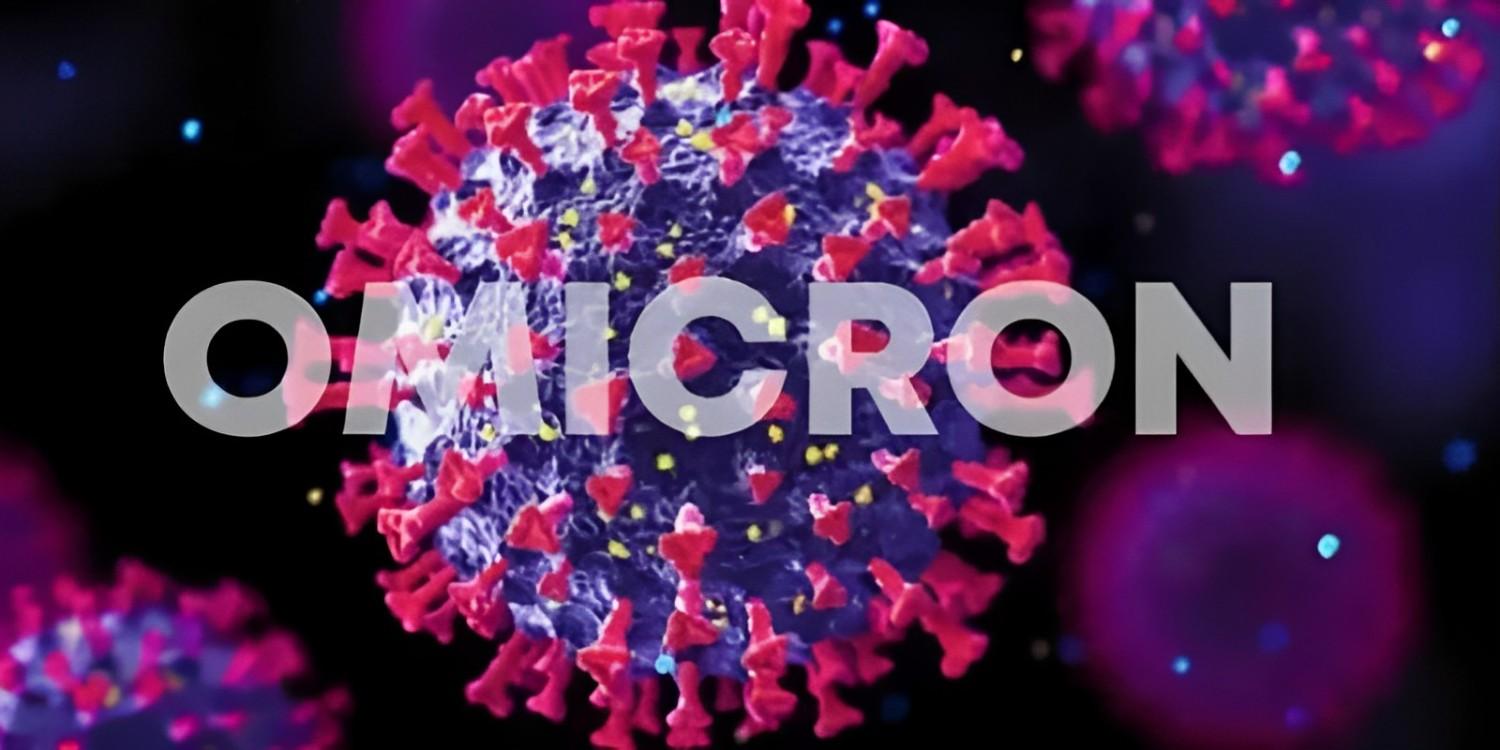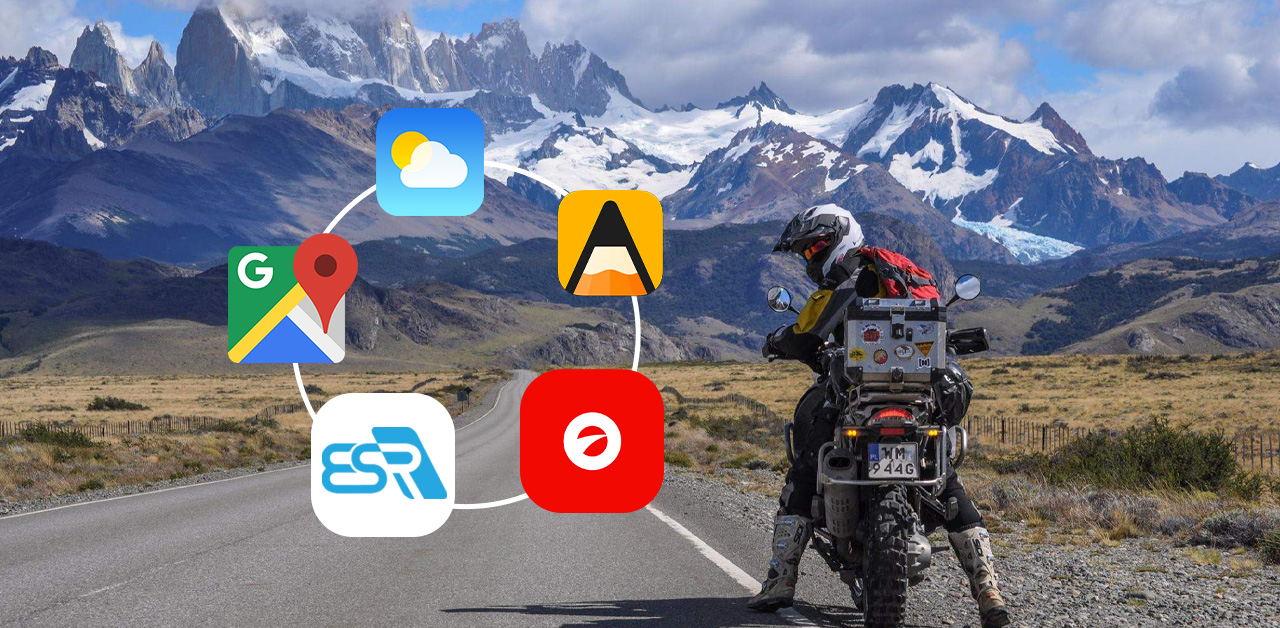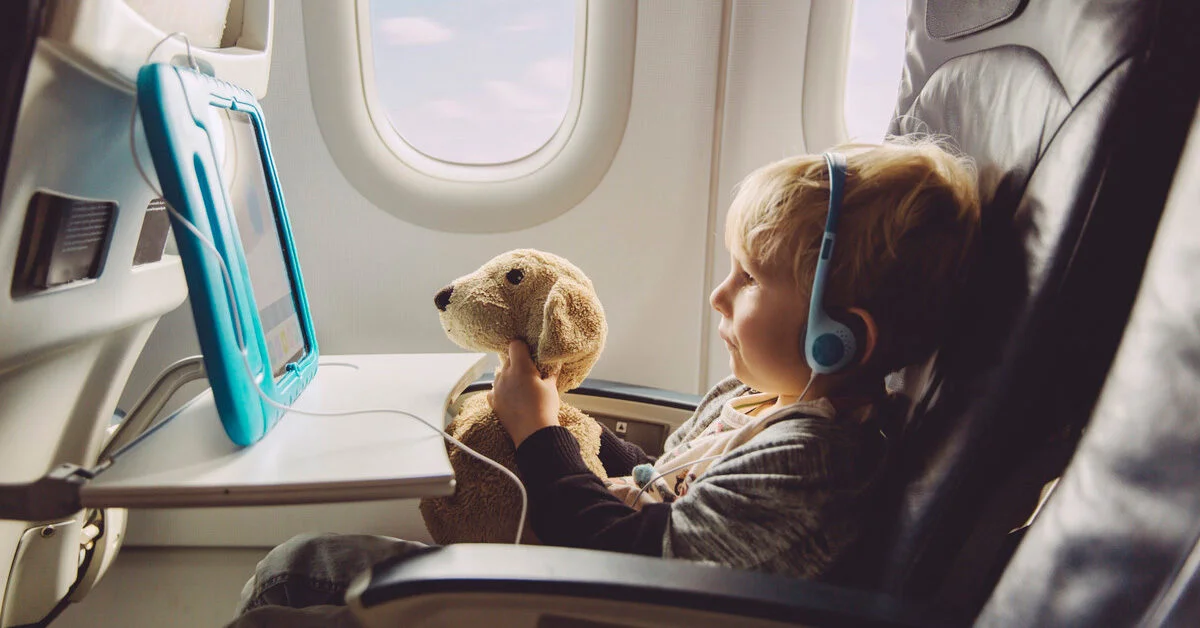There is a revision in the international arrival guidelines for India by the Ministry of Health and Family Welfare (MoHFW). These regulations may take effect on January 11, 2022, as per the Omicron update in India. According to the rules, passengers arriving or departing from ‘at-risk’ countries will now undergo ‘stringent isolation’ if they test positive.
Increasing cases of the new variant, Omicron, have led to this move. Airlines will have to inform passengers arriving in Indian airports from ‘at-risk’ countries that they will be subject to post-arrival testing as well as mandatory quarantine. The airport will not allow passengers from other countries to leave until they receive their test results.
Moreover, all international travelers to India must register on the Air Suvidha portal, self-declare all their pertinent information, upload the negative report of COVID-19 obtained within 72 hours, verify its authenticity, and submit an undertaking that they will comply with the decision of the proper authority regarding quarantine by the revised guidelines.
Pre-booking testing upon arrival at Indian airports is also required for international travelers.
Travel Guidelines
These guidelines are subject to an Omicron update in India:
- At the airport, you need to submit a sample for the post-arrival COVID-19 test.
- Before departing or taking a connecting flight, they will have to wait for their results at the airport.
- On the 8th day after arriving in India, they will repeat the RT-PCR test if their test results are negative.
- It is also necessary to upload a repeat RT-PCR test for COVID-19 on the eighth day. The respective states or UTs will monitor it.
- If the test result again comes back negative, the participant needs to continue self-monitoring for the next seven days.
- INSACOG’s laboratory network will receive the samples if they are positive.
- A patient who tests positive will reach the isolation facility, which will trace their contacts and follow a standard protocol.
- Positive cases would require those who come into contact with them to undergo home quarantine, which would be closely monitored by the authorities in the state.
According to the Omicron update in India, these guidelines are mandatory to follow by all passengers.
Official India Travel Guidelines for Travelers from Non-‘At Risk’ Countries
For travelers from countries not classified as “at risk, here are the official India travel guidelines:
- Random testing will take place at the airport for approximately 2% of all passengers post-arrival.
- The airlines concerned will identify them.
- Laboratories will prioritize testing samples from these travelers.
- All foreign travelers will experience home quarantine after arrival in India for seven days, and then RT-PCR testing on day eight.
- In addition, they need to upload the results of the repeat RT-PCR test for COVID-19 done on the 8th day on the Air Suvidha portal. Each state or UT will monitor it.
- The individual needs to monitor his or her health for the next 7 days if the result is negative.
- The INSACOG lab network will nevertheless receive the samples if their results are positive.
- Following isolation, the team will follow standard protocols, including contact tracing.
- Following isolation, the team will follow standard protocols, including contact tracing.
According to the Omicron update in India, these guidelines are mandatory for all passengers to follow.
COVID and Omicron are at their peak, so it is a must to keep ourselves safe. The best thing is to avoid traveling as much as possible. In case you can’t, you must follow the rules and regulations as per the Omicron update in India.
FAQs
 What are the ‘at-risk’ countries and how are they identified?
What are the ‘at-risk’ countries and how are they identified?
Travelers in Europe, South Africa, Brazil, Botswana, China, Ghana, Mauritius, New Zealand, Zimbabwe, Tanzania, Hong Kong, Israel, Congo, Ethiopia, Kazakhstan, Kenya, Nigeria, Tunisia, and Zambia must follow additional measures upon arrival in India, including post-arrival testing.
 What are the testing and quarantine requirements for travelers from ‘at-risk’ countries?
What are the testing and quarantine requirements for travelers from ‘at-risk’ countries?
Travel restrictions and quarantine requirements vary by country and COVID-19 situation. Some countries have no restrictions, while others require quarantine, negative PCR tests, travel health insurance, and full vaccination. CDC recommends testing for symptoms before, during, or after travel.
 How can travelers submit self-declaration forms and upload negative RT-PCR reports online?
How can travelers submit self-declaration forms and upload negative RT-PCR reports online?
Travelers must submit a self-declaration form, upload a negative RT-PCR report, provide travel details, and vaccination schedule, and confirm via Air Suvidha Portal within 72 hours. Carry original vaccination card/certificate.
 What are the penalties for providing false or incomplete information or violating the guidelines?
What are the penalties for providing false or incomplete information or violating the guidelines?
False information, guidelines, and documents can result in severe penalties, including fines, federal prison time, and death. Violations of safe conduct requirements, false visa names, and high-risk travel increase risks.
 How long will the revised guidelines be in effect and where can travelers find the latest updates?
How long will the revised guidelines be in effect and where can travelers find the latest updates?
Travel guidelines for at-risk countries vary based on COVID-19, including self-monitoring, restrictions, and CDC guidelines.




